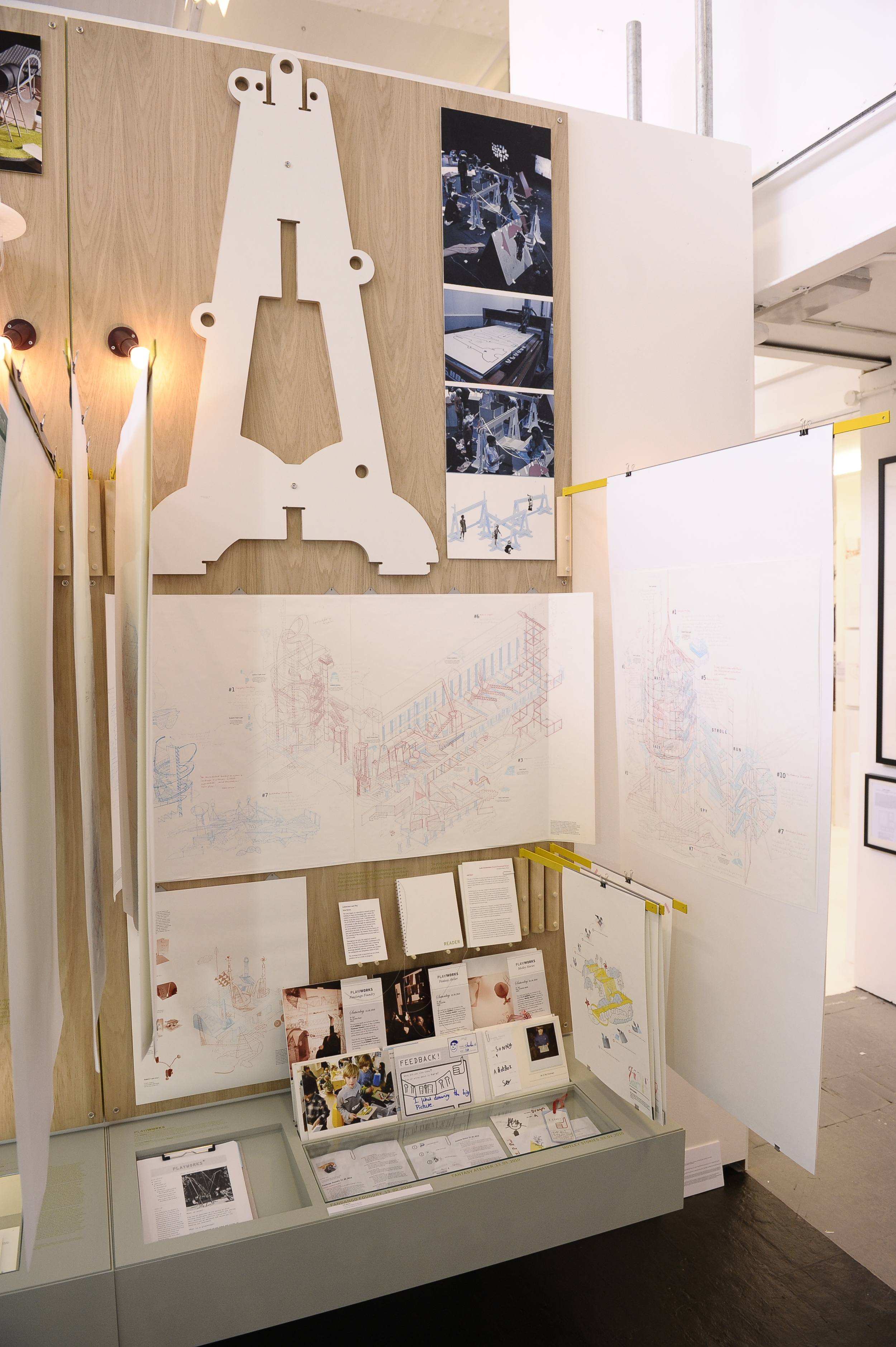
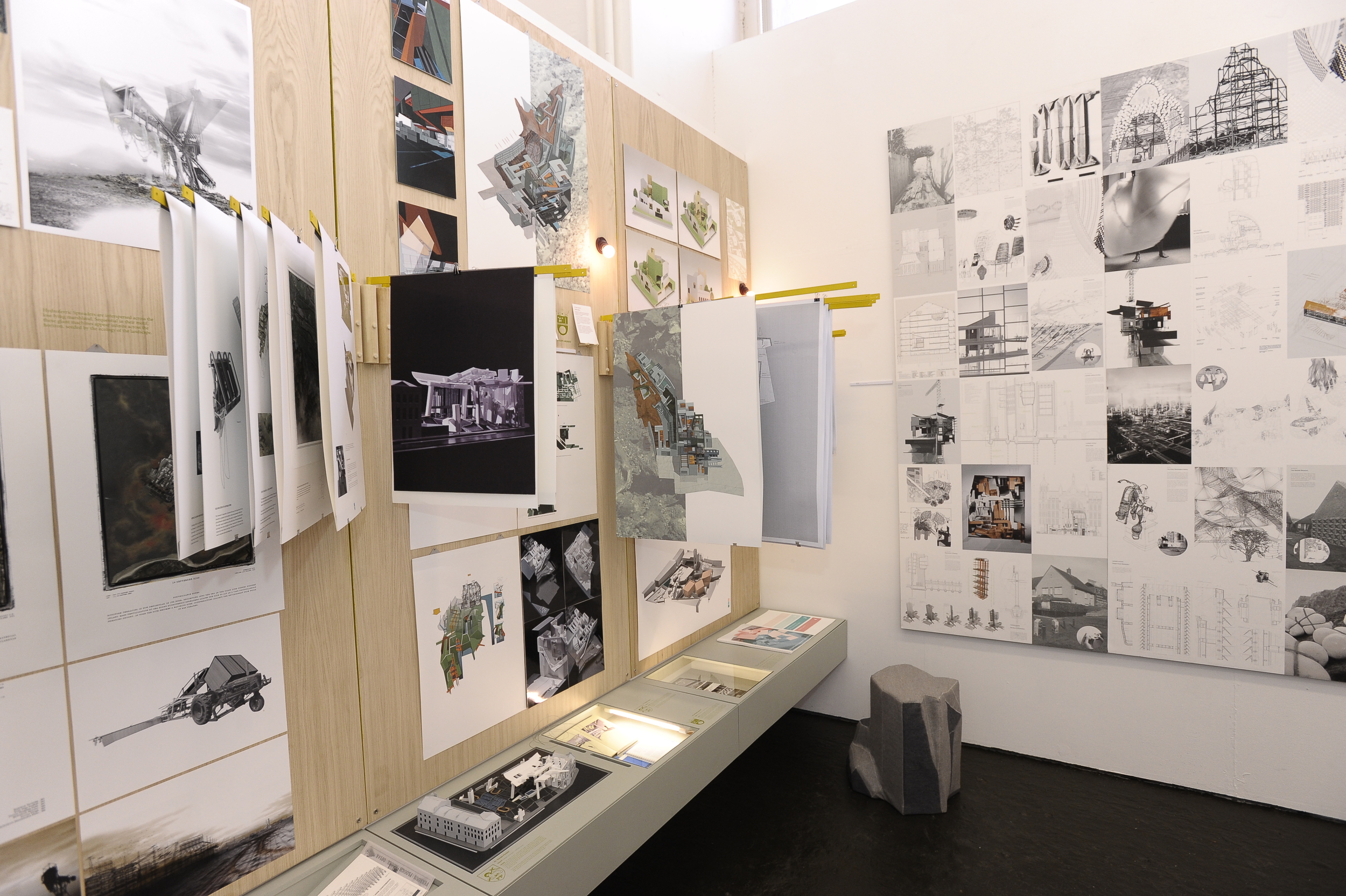
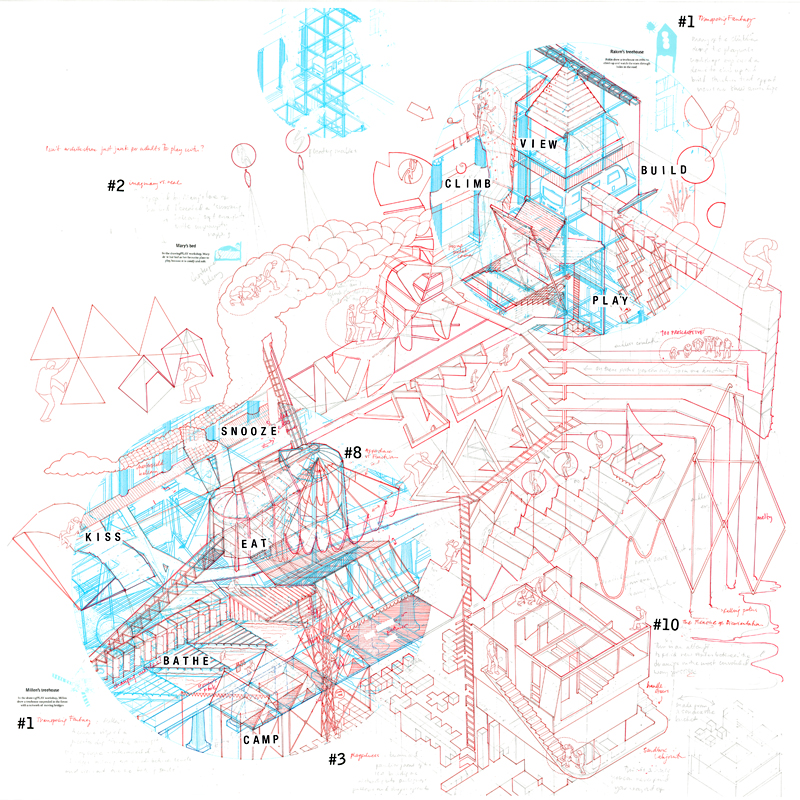
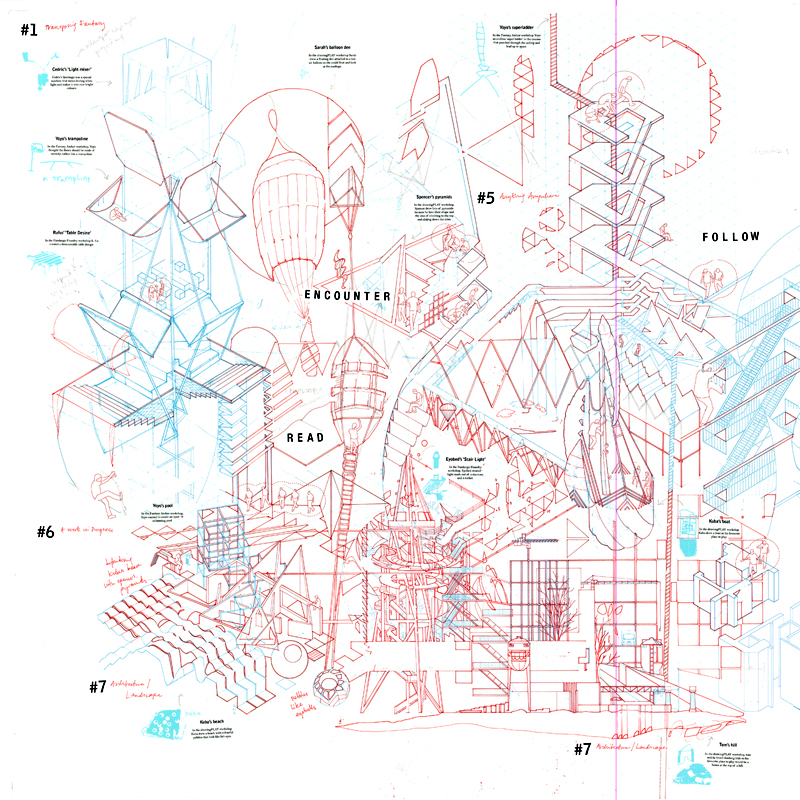
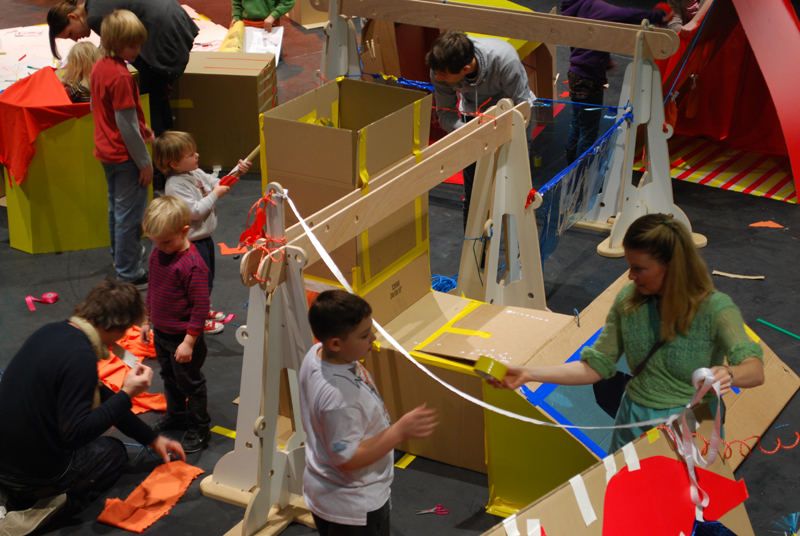
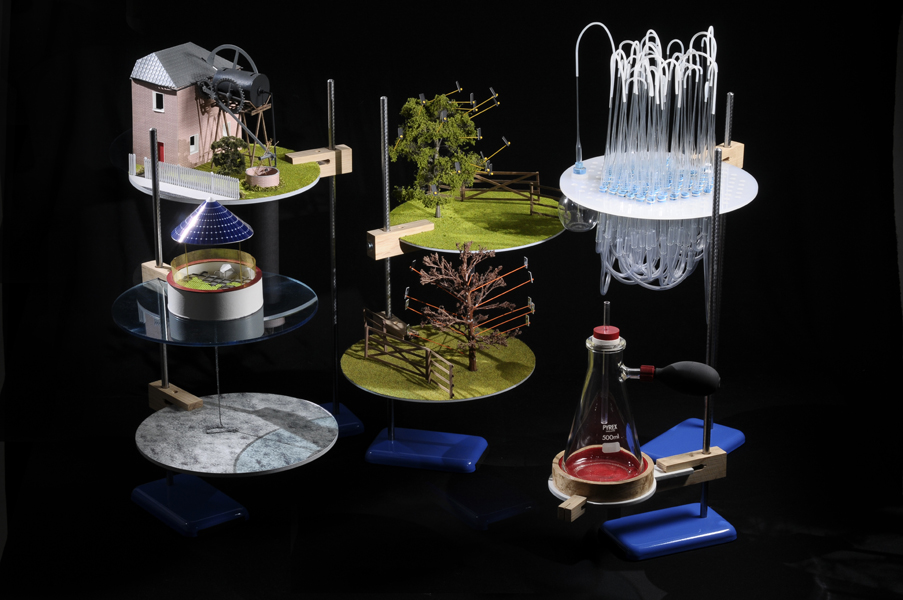
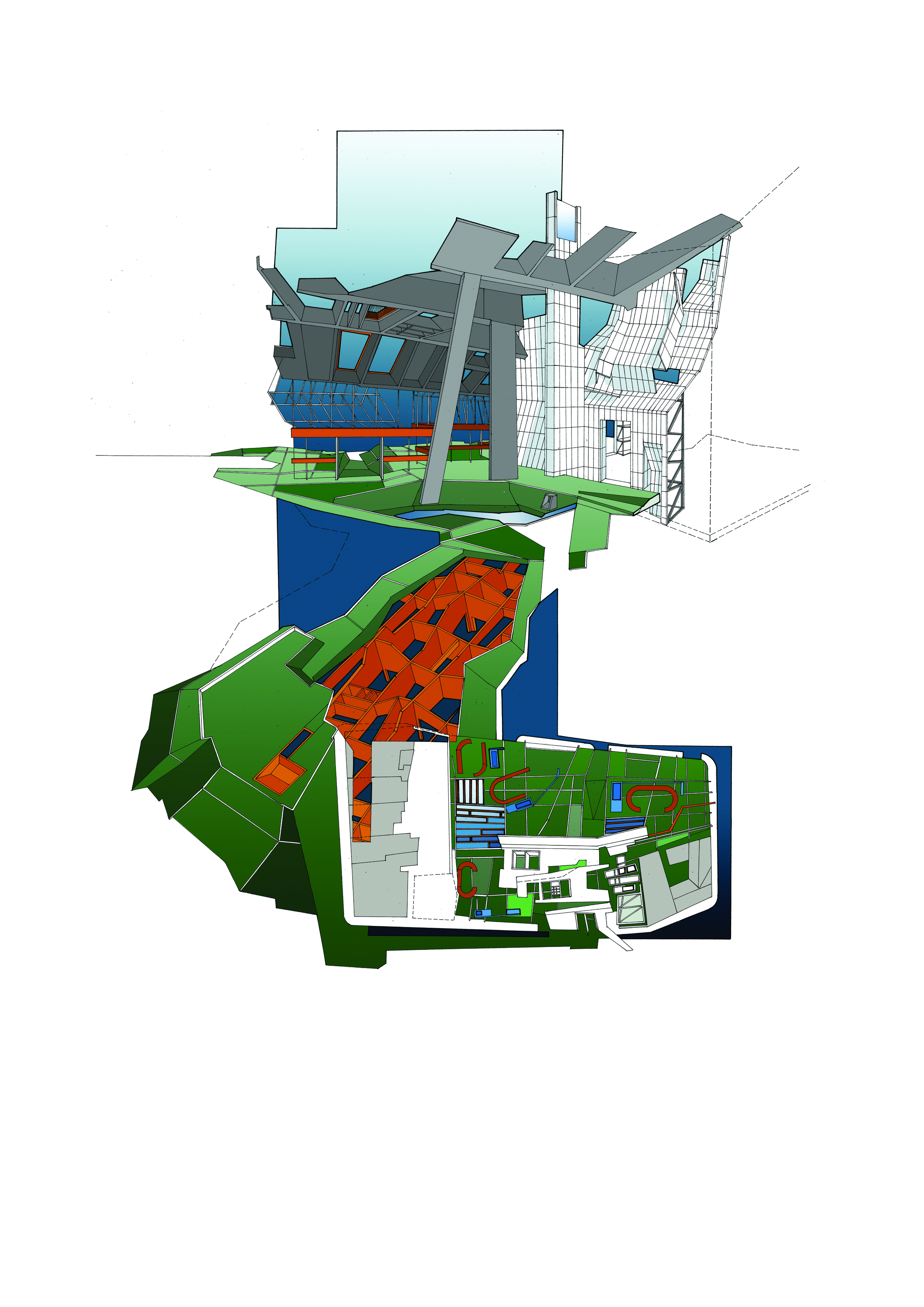
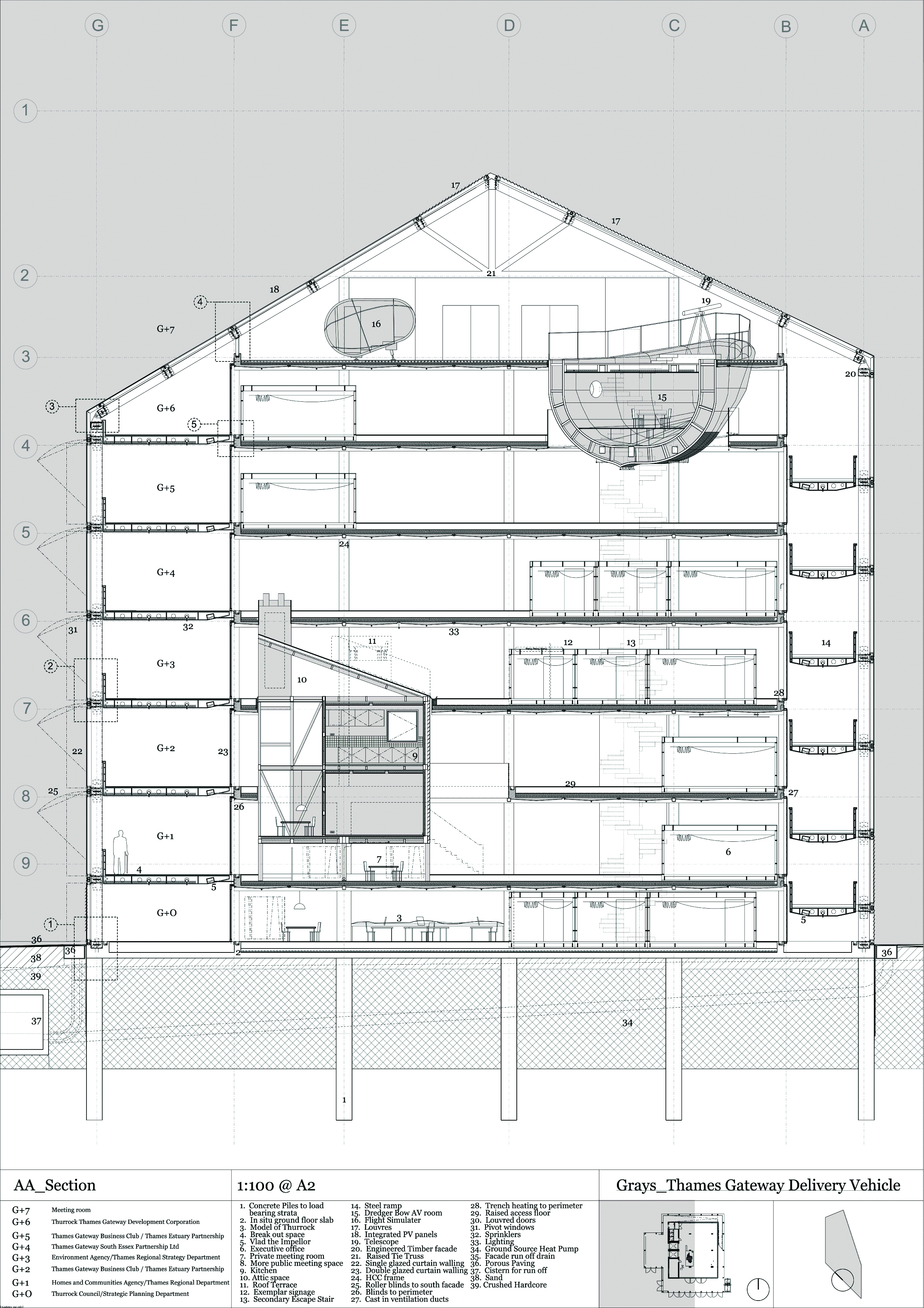
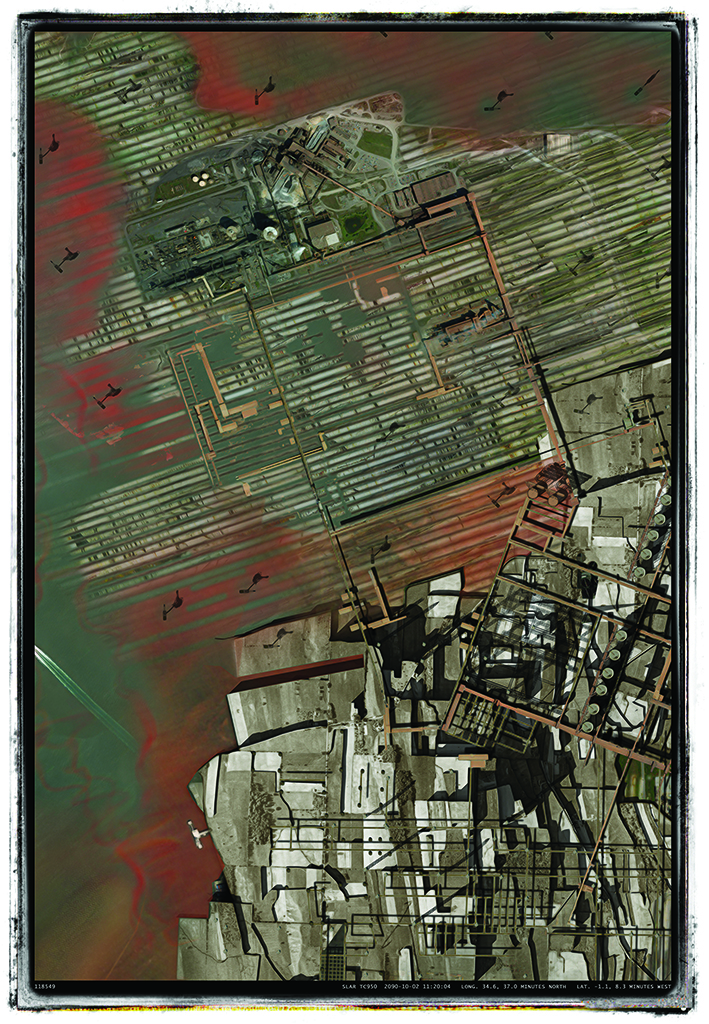
Neo Nature
Nostalgia and wonder permeate our collective perception of the urban and rural landscape that surrounds us. They trigger an emotive rather than analytic response and profound reverence for the complexity of nature.
In Unit 11 we have followed inquiries into architecture that synthesizes landscape and its relationship with culture and environment. Recently our focus has widened to scrutinize organisations, regulatory bodies and institutions that have influenced the contemporary context of landscape and controlled its development, designated its use and consequently altered our perception of the natural and the manmade. Last year, politics, scientific data, NGO designations and environmental engineering further informed our studies.
This year we took the term Neo-Nature which at once suggests an evolutionary development as well as a synthesis of the natural and the technological. It suggests an artificial scene which in fact, or at least in our perception develops from the capriciousness of man, nature and culture. We proposed Pseudo Landscapes—ersatz topographies, artificial terrains and Quasi Architectures—superficially prophetic or partly parody. We investigated the friction between progress and conservation via political, technological and artistic disciplines on the basis of what architecture can do with them and for them.
5th Year Students: Erin Byrne, Will Jefferies, Emily Keyte, Rae Whittow-Williams, Chris Wilkinson. 4th Year Students: Ioana Barbantan, Adam Holland, Rina Kukaj, Adam Lansdown-Bridge, James Palmer, Justin Randle, Eleanor Stevenson, Catrina Stewart
